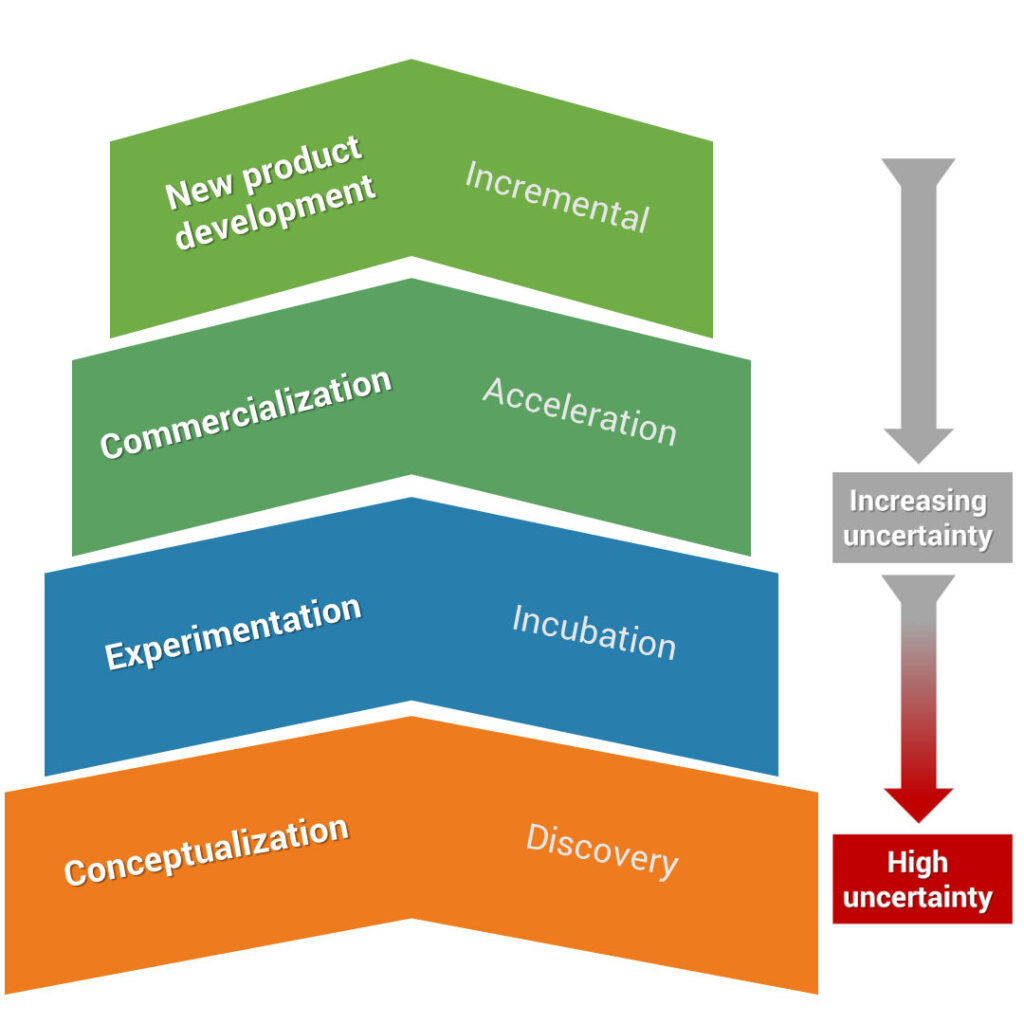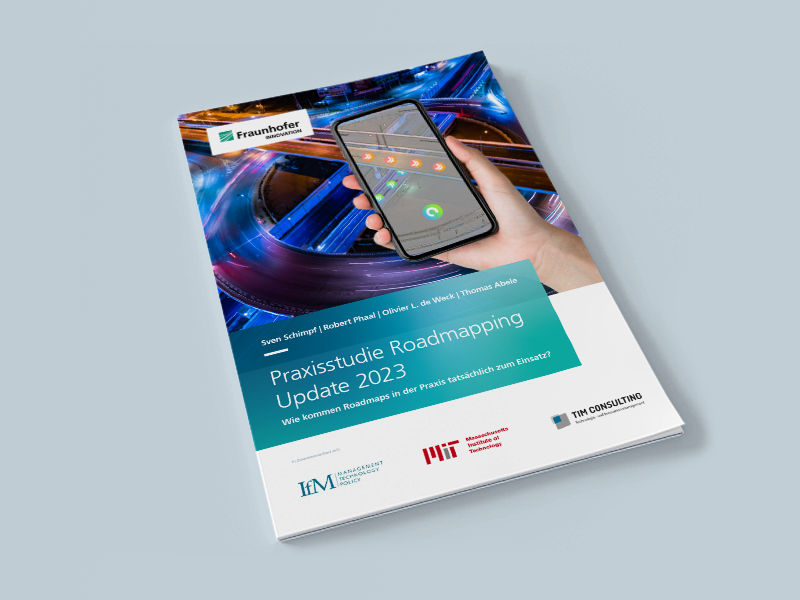Technology strategy is essential in a competitive market
A technology strategy – that is aligned with the corporate mission – can help focus R&D on doing the right things for growth. It can supports the R&D manager to: –
- Make difficult decisions such as how to restructure the department or manage the product portfolio.
- Objectively identify the right technology opportunities and defend from possible technology disrupters.
The different facets involved in creating a technology strategy are covered in our theme.
A strong technology platform provides a competitive advantage for a organisation.
Steve Bone of nu Angle describes how a technology strategy runs in parallel to the business plan in this short video. He uses the example of biofilm management to show how although each business unit might have its own market challenges managing the technology across the whole business can provide economies of scale.
He says: “First, you need to decide what part of the technology you are really good at and to gain an objective view as to whether your lead is sustainable, because you don’t want to risk your core business by spreading your resources too thinly.
“One method of reducing risk is to manage the technology horizontally across the organisation so that all the business units benefit from the investment. This has been described as a ‘technology skewer’ – an approach to technology management that can support growth.”
He explains more in the video








![PepsiCo's North American Beverages fleet [image credit: Melissa Golden; PepsiCo - from PepsiCo.com]](https://www.rndtoday.co.uk/wp-content/uploads/2023/09/PepsiCos-North-America-Beverages-Fleet-credit-PepsiCo-web-1024x683.jpg)



